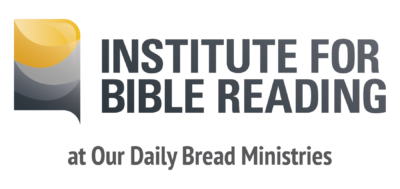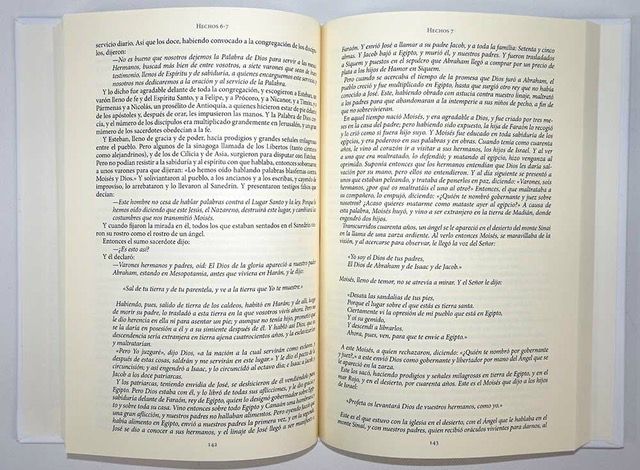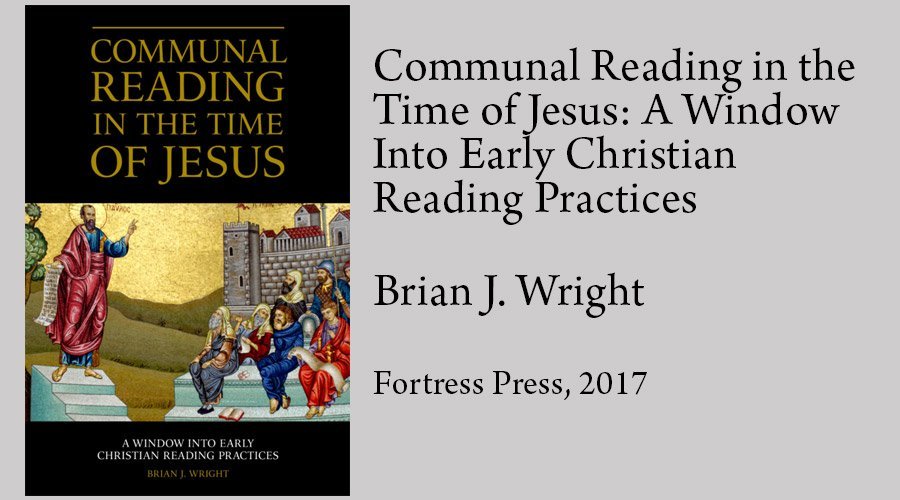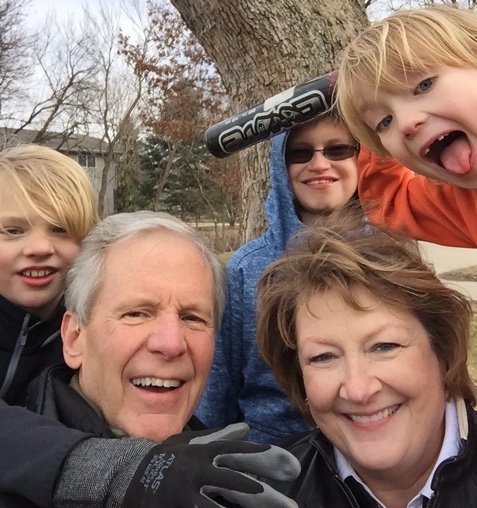Not many of us think about it very often, but the Bible is a library of books, which means it can of course be put together in different ways. We’re all used to a particular order, but it’s interesting to note that this common order only became standardized in the early modern period. The printing press helped “freeze” the order we’re most familiar with. Before this, in the era of hand-made copies, there was more variety in the order of the books. And it’s not like any particular order was inspired by God. The early variety of book orders should make that clear.
So how should the Bible’s 59 books be put together? Is one way better than another? (By the way, we get 59 rather than 66 because some of the original books like Samuel-Kings were later divided into parts, mostly because of how much text could fit on an ancient papyrus scroll.)
A Short History of Building the Bible
When considering the order of books in the Bible, it’s probably best to start by thinking in terms of groups of books rather than simply individual books. And it’s crucial to think in terms of a longer-term process, not simply a moment in time when everything was decided at once.
Early on, the books in the Hebrew Bible (the Old or First Testament) were gathered into three groups: the Torah, the Prophets, and the Writings. Besides the five books in the Torah, which were always listed in the same order, the other groups had their books in different orders at different times and different places.
In the centuries before the coming of Jesus, the First Testament was translated into Greek because by then many Jews were dispersed and living in places outside of Palestine. This translation, known as the Septuagint, is different from the Hebrew Bible in several ways, including its arrangement of the book order. The new categories of books were Law, History, Wisdom (or Poetry), and Prophets. Since the Septuagint was the Bible of the early church, this new order was carried over into Christian Bibles as they (slowly) began to come together.
When we turn our attention to the New Testament, again it’s best to keep thinking in terms of groups of books, and then the order of books within them. Here, the four Gospels were gathered into a group (and Luke was separated from Acts), the letters of Paul formed another group, and then the general letters were another group. The Gospels themselves would appear in many varied orders. Revelation, interestingly, would often show up in different places among the other groups. The book of Acts could be placed with the Gospels, and other times before or after Paul’s letters. Hebrews would also jump around, though often it was assigned to Paul and placed with his letters.
Some of this variety of book order was tied to the preferences of churches in different geographical locations. Sometimes it looks like there was an attempted chronological order, and sometimes it was just putting books in order by size. For instance, Paul’s letters were typically in order from largest to smallest.
The key point is that there was a lot of diversity in the Bible’s book order historically, with people feeling free to move things around based on a variety of reasons. Once we realize that the Bible has been entrusted to our care, and that historically the church felt free to put it together in divergent ways, we can be intentional about thinking through what book order might best serve our needs today.
How We Built the Immerse Bible
The Institute for Bible Reading’s new edition of Immerse: The Reading Bible has been intentionally built to make big reading easier and better. If you’re going to read through a big part of the Bible continuously, that’s when the book order especially matters.
Overall, Immerse presents the Bible in six volumes (each volume will eventually have an 8-week church reading program built around it). We begin by generally following the older Hebrew grouping, rather than the later Septuagint order followed in most Bibles today. Beginnings is simply the original Torah, in the usual order. Kingdoms is the next set of historical books—Joshua, Judges, and Ruth, with Samuel–Kings reunified (the four books called “Reigns” in Eastern tradition).
Next up is the Prophets, but this time placed in a more chronological order (rather than sized by major and minor prophets), so they can be read as an ongoing commentary on Israel’s history. The Poets volume follows, and is broken down into two further categories: song books (Psalms, Lamentations, Song of Songs) and wisdom books (Proverbs, Ecclesiastes, Job). With books like these, literary genre makes more sense as an organizing principle than chronology.
The last volume in the First Testament is called Chronicles, since it largely gives an account of Israel’s history from a later perspective than Samuel–Kings. The traditional books of Chronicles, Ezra, and Nehemiah are recombined (notice how even in Bibles today the ending of 2 Chronicles overlaps with the beginning of Ezra, showing how they were stitched together). The books reflecting a later historical situation, Esther and Daniel, close out the First Testament.
In the New Testament volume Messiah, we’ve done something a little more creative. In the common book order, the four Gospels are smushed (a technical term in biblical studies) together at the beginning. Matthew, Mark, Luke, and John, right in a row. But if you’re reading straight through, by the time you get to Luke it’s all starting to sound the same. So we’ve taken the four Gospels and spread them out, putting each Gospel with other New Testament books that naturally fit with it.
Luke–Acts is happily reunited, and then followed by the letters of Luke’s traveling companion, Paul. Paul’s epistles are now placed in the order he likely wrote them, allowing the reader to follow the development of his thought over time. Next up is the short and early Gospel of Mark, and given Peter’s historical connection to Mark, his letters come immediately after. The strongly Jewish Gospel of Matthew follows, alongside its natural partners, Hebrews and James. John is last, joined with the three letters of John. And Revelation closes out the New Testament, allowing each Testament to end with an apocalyptic writing.
The end result is a fourfold New Testament presenting a fresh, multi-faceted perspective on the life and ministry of Jesus the Messiah, and its impact spreading throughout the world.
——
There is no single right order for the books of the Bible. But once we realize this, it’s worth exploring together what order serves our needs well in this time and place.

 I’m the 3rd generation of born-again Christians in my family. I grew up in a Christian context, so my mom and dad taught me to love the Bible — there was always a necessity of reading the Bible and sharing it with other people. I became an elder in a Bible church here in my town, and I’m also a Bible teacher in my home church for many years. I also teach homiletics at a Bible institute online in Spain. So the Bible is a crucial book in my life and my study, and I consider that people need to read the Bible not just as a reference book but also as a narrative book. I’m also the headmaster of a public school here in town, married to Deborah for 19 years and I’m the father of 3 kids – so I stay busy!
I’m the 3rd generation of born-again Christians in my family. I grew up in a Christian context, so my mom and dad taught me to love the Bible — there was always a necessity of reading the Bible and sharing it with other people. I became an elder in a Bible church here in my town, and I’m also a Bible teacher in my home church for many years. I also teach homiletics at a Bible institute online in Spain. So the Bible is a crucial book in my life and my study, and I consider that people need to read the Bible not just as a reference book but also as a narrative book. I’m also the headmaster of a public school here in town, married to Deborah for 19 years and I’m the father of 3 kids – so I stay busy!

 Barb: I liked it a lot. The approach and way it was structured was fresh. We started out with Luke and Acts and then Paul’s Letters, and the sequencing of that was very interesting. I really liked the notes at the beginning that gave you an introduction to what you were going to be experiencing – I thought that was very helpful. I did like the format without the chapter and verse breaks and just reading it like a book! It was fresh. It was interesting.
Barb: I liked it a lot. The approach and way it was structured was fresh. We started out with Luke and Acts and then Paul’s Letters, and the sequencing of that was very interesting. I really liked the notes at the beginning that gave you an introduction to what you were going to be experiencing – I thought that was very helpful. I did like the format without the chapter and verse breaks and just reading it like a book! It was fresh. It was interesting.